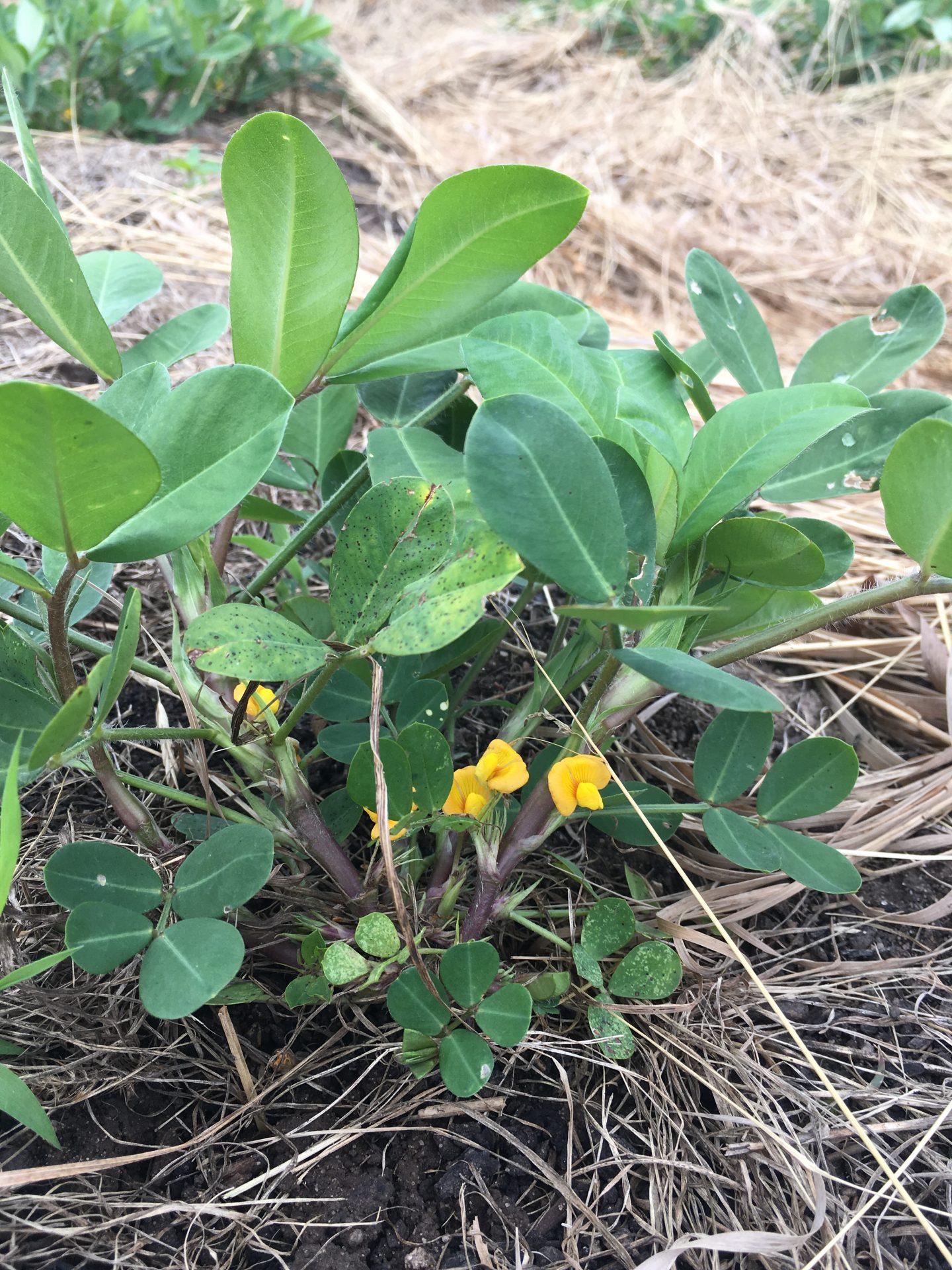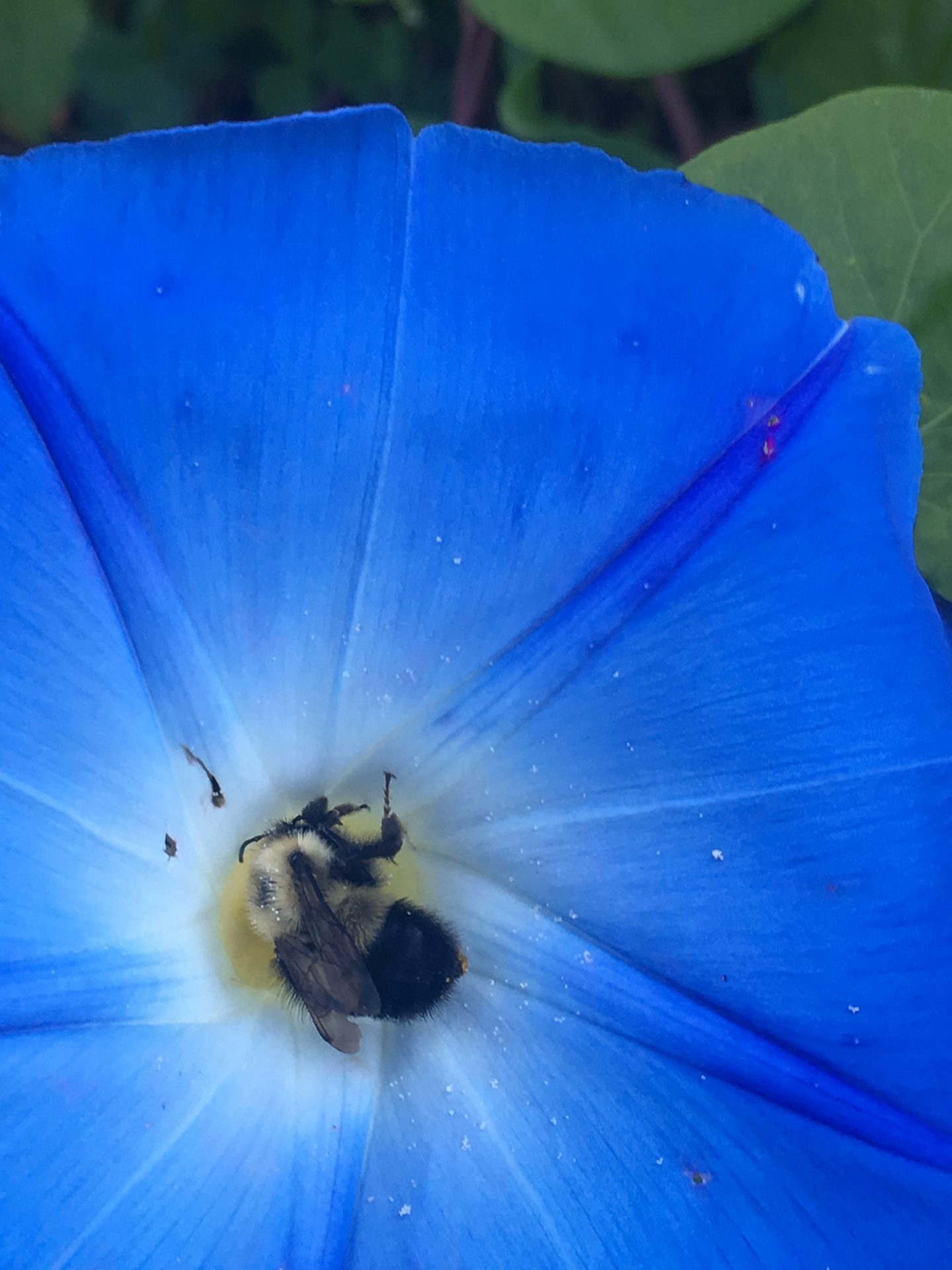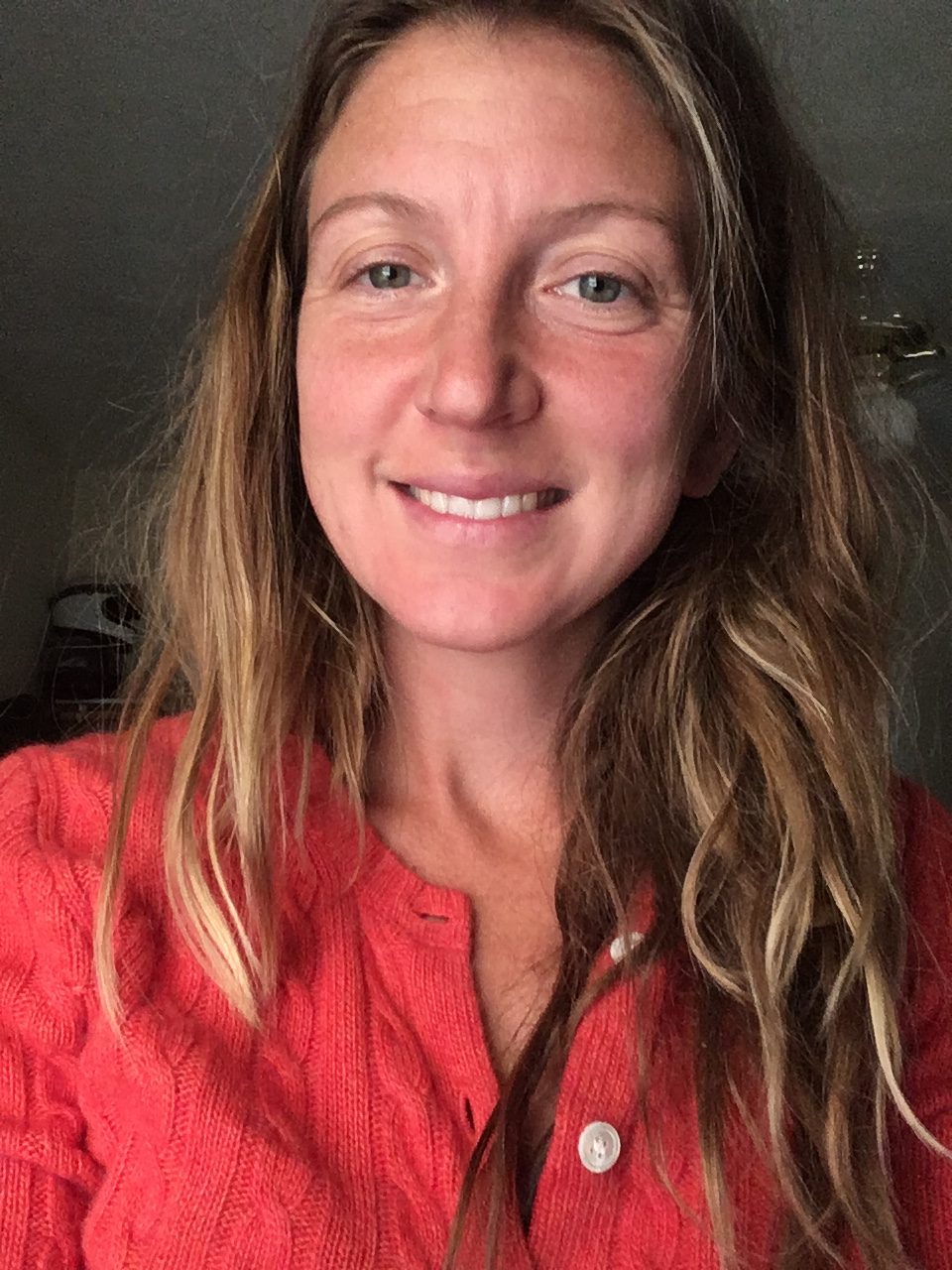
By: Koby Hagen
Germinate: to begin to grow after being dormant
Have you seen tiny plants sprouting this spring? Have you heard the excited talk of gardeners and farmers about growing their favorite vegetable or flower variety this season? Have you noticed calls for seed swaps and seed starting tips for beginning home gardeners? Have you wondered, “How can I be part of this growing buzz?” One way is to engage in seed stewardship, and there is no better time than now. Here’s why.

To root: to establish deeply and firmly

Seeds are the colorful foundation of our existence as humans. We have been part of the seed world for eons. We would not exist without them. All seeds come from flowers and we are - luckily - living the Age of Flowers. Most plants on earth today - 80% - are flowering plants. The majority of the food, medicines, and fibers we rely on for sustenance, healing, clothing and shelter come from the biodiversity within the flowering plant world. Sadly, we are losing that diversity (and thus existential security) because we have lost our direct relationship to plant life. Luckily many human communities were part of building this diversity with plants and seeds.
And we can be part of building plant diversity again by each one of us taking a seat at the life cycle table - wherever and however we may find ourselves at it. Given our deep historical rootedness below the surface of daily dormancy, each one of us has an innate potential to build relationships with so many life forms around us, including flowering plants and seeds.

To flower: to reach a full and rich stage of growth
This season, start small. Choose one kind of seed like a tomato or zinnia or perennial plant (nearby maple tree) to understand more deeply. You may have a small planter to grow a plant near a window or on a balcony. You may have a raised bed garden or an entire farm field. Or maybe you simply find a plant in a nearby park to be it’s human sibling. This season, observe and nourish a plant through its full life cycle. Choose to slow down daily with this plant and allow your knowledge about it to flower.
To pollinate: to pass pollen so seeds are created
Learn how seeds are produced on your chosen flowering plant(s). Consult with local seed growers and organizations (resources below) for guidance. You may choose to watch a YouTube video or read a book or article, and this is a good start. However, this is not as necessary as being present in your own experience with the plant. Remember: we humans have developed acute senses with plants far before we had the written word or the flat screen. We simply need to hone these skills again. Watch what visits your flowering friend. Wind? Bees? Moths? Human hands? And make it an event. Invite other people into this realm. Share with them your observations. Knowledge sharing is a form of pollination in the human world and a vital step in this seed stewardship process.

To seed: to share and sow seeds freely



At the end of this year, when the seed has fully matured, harvest some of the seed. A general rule of thumb is the fingernail test. If you can indent the seed coat when pressing it with your fingernail, the seed is not yet mature enough to stay protected through its winter journey and should be left connected to the mother plant for a bit longer. Once harvested, if needed, make sure it’s seed body is free of wet fruit flesh or plant material. Dry it gently in the shade of your house. Store some for yourself for next year. Most importantly, share it, sow it with others. Seed the seed.
If you choose to explore seed this season, your life will become more rich. Not only in color. Not only in texture. Not only in flavor. More rich in meaning through your connectedness to a grand life cycle - through being present with a seed. The time is now to start small with a seed.
If so inspired, please contact Koby for more details and guidance on seed stewardship: seedsages@gmail.com
About the Author
Koby is one seed steward in a long line of great teachers and breeders before her. While Seed Sages is not her daytime job, seed stewardship and biodiversity conservation is a driving force her professional endeavors. Starting out as an intern at a small, family-owned CSA in Colorado, she has over 15 years of grounding experience at educational, research, biointensive, urban youth, and seed productions farms across the country. Currently, she is the Seed Production Manager at Seed Savers Exchange.

Local Seed Resources
Community Seed Network: https://www.communityseednetwork.org/
Como Seed Library: comoseedsavers@gmail.com
Hosmer & Nokomis Seed Library: https://www.hclib.org/about/locations/seed-libraries
Seed Savers Exchange resources: https://www.seedsavers.org/learn#seed-starting
White Bear Lake Seed Library: wblseedlibrary@gmail.com
Duluth Seed Library: https://www.duluthcommunitygarden.org/gardener-resources/free-seed-libraries
The views and opinions expressed in guest author articles are those of the author(s) and do not reflect the views or opinions of the Minnesota Grown Program or the Minnesota Department of Agriculture.
